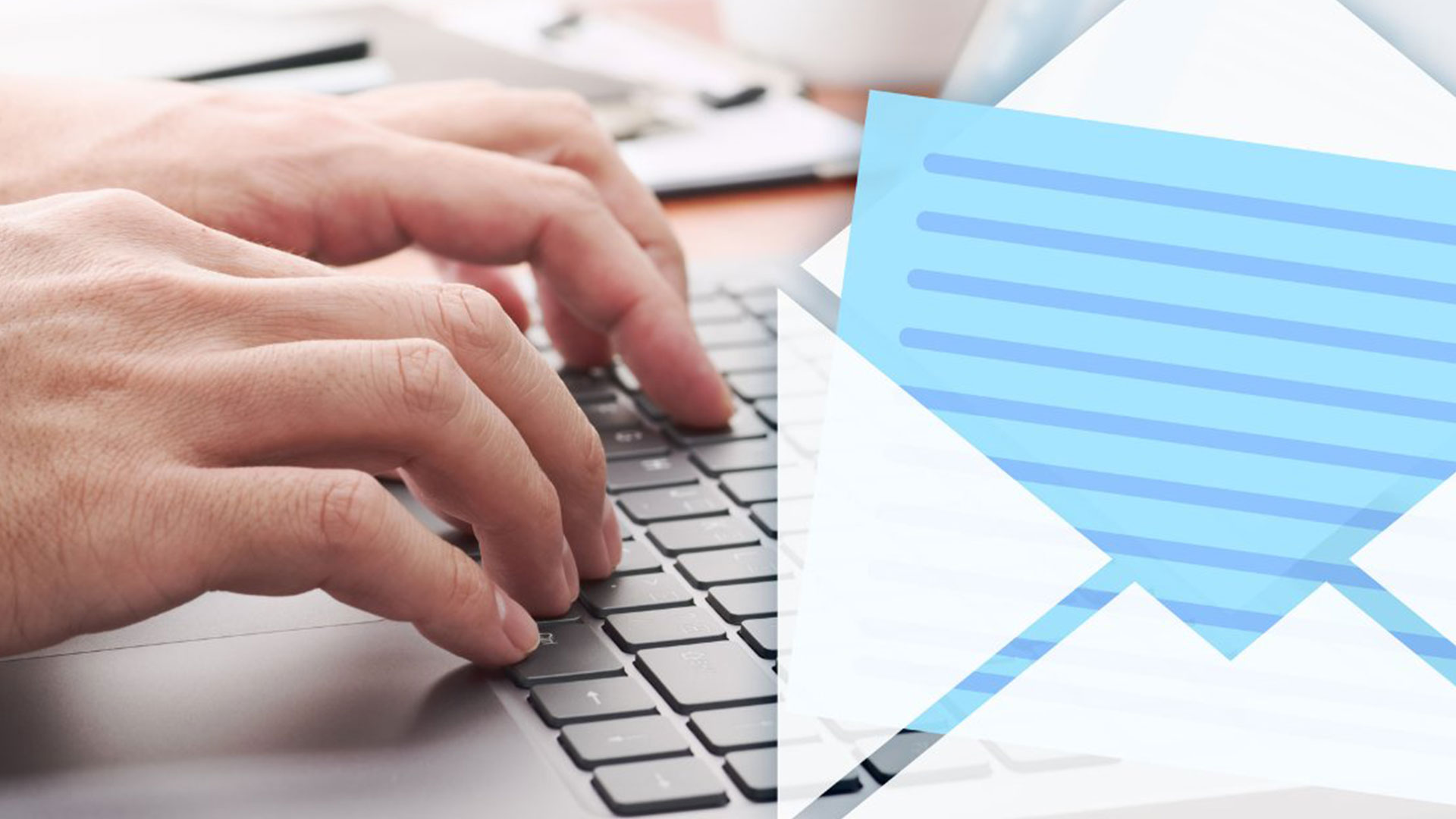Signature Automation for Large Enterprises: Scaling to 10,000+ Users Without Chaos

How can large enterprises ensure brand consistency, regulatory compliance, and professionalism across every email their employees send? For organizations with 10,000 or more employees, this challenge extends far beyond operational inconvenience—it represents a strategic imperative that shapes both brand identity and organizational credibility.
Email signatures have evolved from simple sign-offs into dynamic branding, marketing, and legal tools. Yet without a centralized system, managing thousands of signatures manually becomes a logistical nightmare. Disparate formats, outdated contact details, missing disclaimers, and off-brand visuals can quickly erode trust and efficiency.
The Hidden Complexity of Email Signatures at Scale
At first glance, email signatures might seem trivial. But for large enterprises, they are anything but. Each signature is a micro-touchpoint—an opportunity to reinforce brand identity, share timely promotions, ensure legal compliance, and even drive engagement. Multiply that by tens of thousands of employees, across departments, regions, and devices, and the complexity becomes staggering.
Without signature automation, IT teams are forced into a never-ending loop of manual updates, inconsistent formatting, and rogue signatures. Marketing loses control over branding. Legal risks creep in due to missing disclaimers. And employees waste time trying to fix formatting issues that shouldn’t exist in the first place.
Why Manual Management Fails at Enterprise Scale

Manual signature management breaks down for several reasons:
- Decentralized control: Employees often create their own signatures, leading to inconsistent branding and outdated information.
- Device fragmentation: Signatures look different across Outlook, mobile apps, and web clients.
- Compliance gaps: Legal disclaimers and regulatory notices may be omitted or misformatted.
- Marketing inefficiency: Campaign banners and CTAs are rarely updated uniformly across the organization.
A 2024 Gartner survey found that 72% of enterprises with over 5,000 employees reported “significant branding inconsistencies” in their email communications due to unmanaged signatures. That’s not just a branding issue—it’s a trust issue.
Signature automation platforms offer centralized control, ensuring every email signature is consistent, compliant, and on-brand—regardless of who sends it or from what device.
Key Benefits of Automation:
- Brand consistency: Logos, fonts, colors, and layouts are standardized across the organization.
- Dynamic content: Marketing teams can deploy banners, promotions, and CTAs that update in real time.
- Compliance assurance: Legal disclaimers and industry-specific notices are embedded automatically.
- Device-agnostic deployment: Signatures render correctly across desktop, mobile, and web clients.
- Time savings: IT and marketing teams reclaim hundreds of hours previously spent on manual updates.
For a deeper dive into how centralized control works, check out this guide on company-wide email signature implementation.
Scaling Without Bottlenecks: How to Manage 10,000+ Users
Scaling signature automation to tens of thousands of users requires thoughtful architecture. It’s not just about applying a single template across an organization—it’s about ensuring flexibility, compliance, and performance at every level. The right system should handle diverse departments, global offices, and varying regulatory environments without creating confusion or inconsistency.
It should empower IT, marketing, and compliance teams to collaborate seamlessly while maintaining brand integrity. When built correctly, automation becomes a strategic advantage rather than an administrative burden. Here’s how leading enterprises do it:
1. Role-Based Signature Templates
Instead of one-size-fits-all, enterprises deploy role-based templates—customized for departments like Sales, HR, Legal, and Support. This ensures relevance while maintaining consistency. Exploring signature personalization by audience can efficiently boost engagement and clarity.
2. Directory Integration
Email signature platforms can integrate with Active Directory or Azure AD, pulling user data (name, title, phone, etc.) dynamically. This eliminates manual entry and ensures accuracy.
3. Regional Compliance Layers
Global enterprises often operate under multiple regulatory frameworks (e.g., GDPR, HIPAA, CAN-SPAM). Signature automation allows for region-specific disclaimers and compliance notices. Here’s how you can learn more about email signature compliance across countries.
4. Marketing Banners with Scheduling
Marketing teams can schedule promotional banners to appear during specific campaigns—without needing IT intervention. This turns every employee email into a marketing asset. By using timed banners for promotions, these can drive click-throughs and conversions.
How a Global Retail Giant Transformed Its Email Branding

A multinational retailer with over 25,000 employees—comparable in scale to global leaders like Walmart or Carrefour—was struggling with widespread signature inconsistencies. Each department managed its own templates, resulting in outdated titles, missing disclaimers, and off-brand visuals that weakened credibility and compliance. With operations spanning multiple countries and languages, the lack of centralized control created daily inefficiencies and brand confusion.
After adopting an enterprise-level signature automation platform, the company redefined how it managed digital identity at scale:
- 12 dynamic templates were customized for corporate, store operations, logistics, and HR divisions, maintaining unified branding while meeting departmental needs.
- Azure Active Directory integration ensured automatic updates of contact details and job titles, eliminating manual edits.
- Seasonal banners were strategically scheduled for Black Friday, Cyber Monday, and back-to-school promotions, turning everyday emails into powerful marketing channels.
- Full compliance was achieved for regional legal notices and privacy disclaimers across all markets.
The impact was immediate and measurable. The company saw a 38% boost in email-driven website traffic and a 92% decrease in IT support tickets related to signature issues. It also achieved consistent, professional branding that reinforced trust with both employees and customers worldwide.
Explore how email signature marketing can turn passive emails into active campaigns.
Staying Ahead of Signature Setbacks
Even with automation, enterprises can stumble. Misaligned templates, inconsistent data sources, or overlooked regional requirements can quickly turn a streamlined system into a branding nightmare. Teams often underestimate the need for governance, leaving room for outdated information or unapproved visuals to slip through.
In some cases, rapid growth or mergers amplify the complexity, exposing cracks in an otherwise efficient setup. Here are three common mistakes—and how to avoid them:
1. Overdesigning Signatures
Complex layouts with too many images or fonts can break across devices. Stick to clean, responsive designs. Check out some strategic tips for optimizing email signatures to keep things elegant and effective.
2. Ignoring Analytics
Signature platforms can track clicks, engagement, and banner performance. Use this data to refine campaigns. Learn how signature analytics can inform your strategy. Over time, these insights reveal which messages resonate most with your audience and which designs fall flat. By learning signature analytics, enterprises can transform everyday emails into measurable marketing assets.
3. Lack of Governance
Without clear ownership, signature updates can stall. Assign roles—IT for deployment, Marketing for content, and Legal for compliance.
Signature Strategy That Lasts
As enterprises become more distributed and hybrid, signature automation must evolve. Future-ready systems should adapt to shifting technologies, compliance rules, and global communication habits. Flexibility will be key as organizations balance centralized control with localized creativity.
Forward-thinking companies are already experimenting with smart automation that learns from user interaction patterns. The next generation of signature management will be less about templates and more about dynamic, data-informed experiences that respond in real time. Here’s what’s next:
1. AI-driven personalization: Tailoring signatures based on recipient behavior or context, such as automatically promoting relevant events, offers, or updates based on past interactions.
2. Localized branding: Adapting logos and messaging for regional markets, ensuring every office reflects the same brand identity while honoring cultural nuances and language preferences.
3. Integration with CRMs: Syncing signature data with customer profiles for better targeting, allowing marketing teams to segment audiences, track conversions, and measure engagement from signature-level analytics.
Final Thoughts: From Chaos to Cohesion
Signature automation isn’t just a technical upgrade—it’s a strategic move. For large enterprises, it transforms email from a fragmented channel into a unified brand experience. It reduces friction, enhances compliance, and unlocks marketing potential at scale.
Crossware365 has helped thousands of global brands make this leap—from chaos to cohesion. Whether you're managing 500 users or 50,000, Crossware’s scalable, secure, and smart signature solution is built for enterprise-grade impact.











